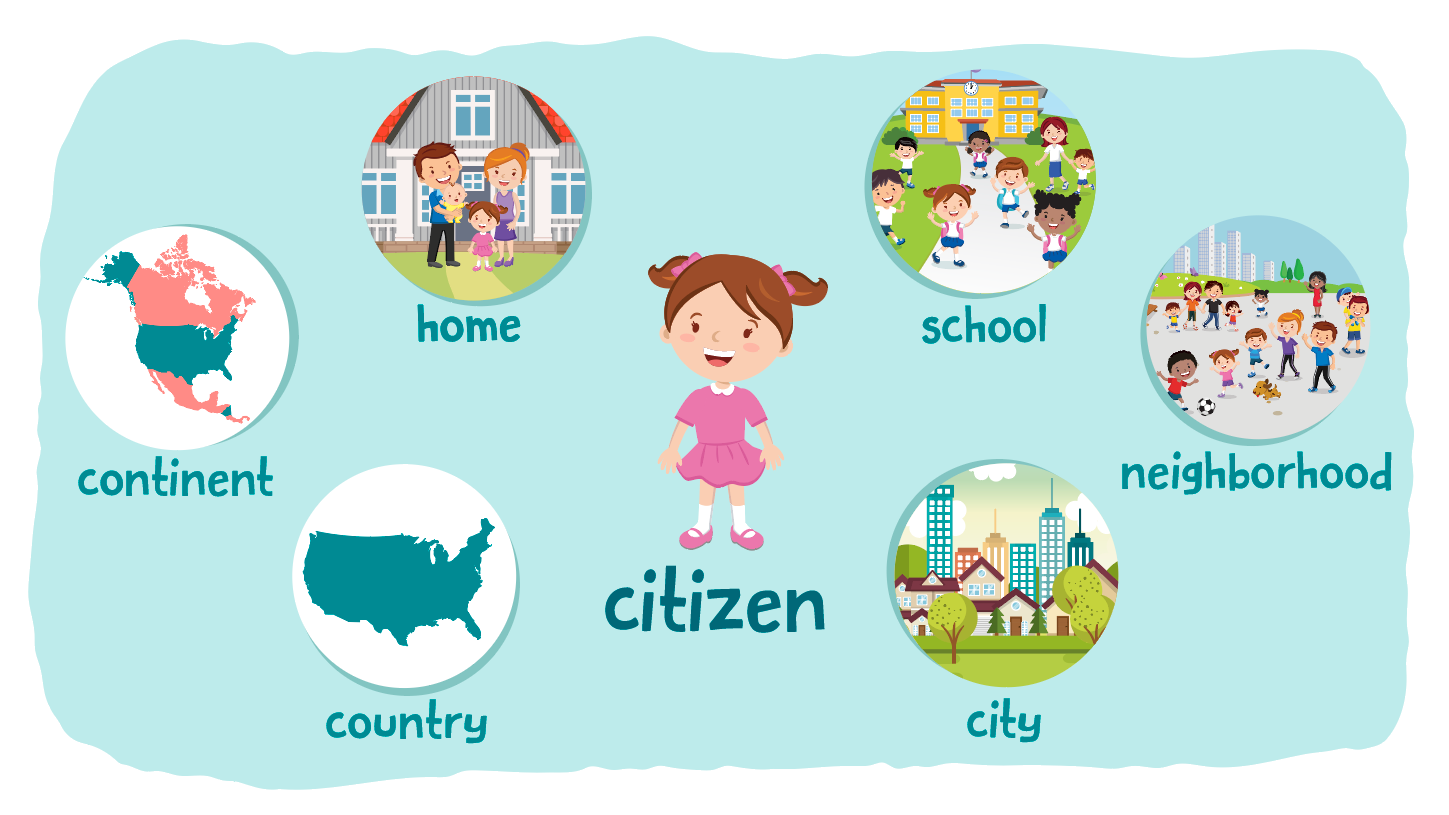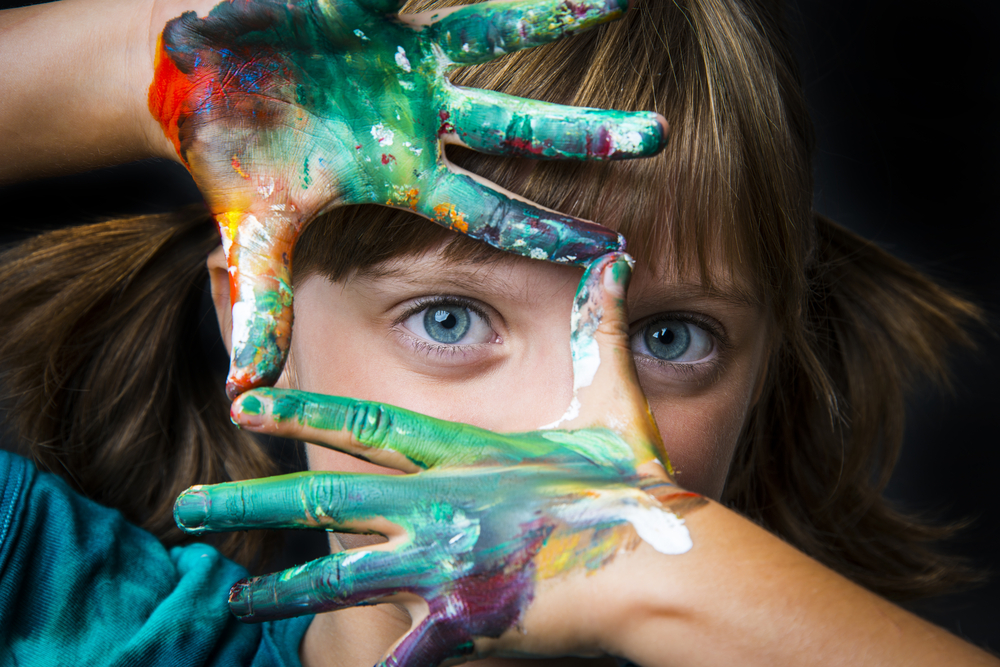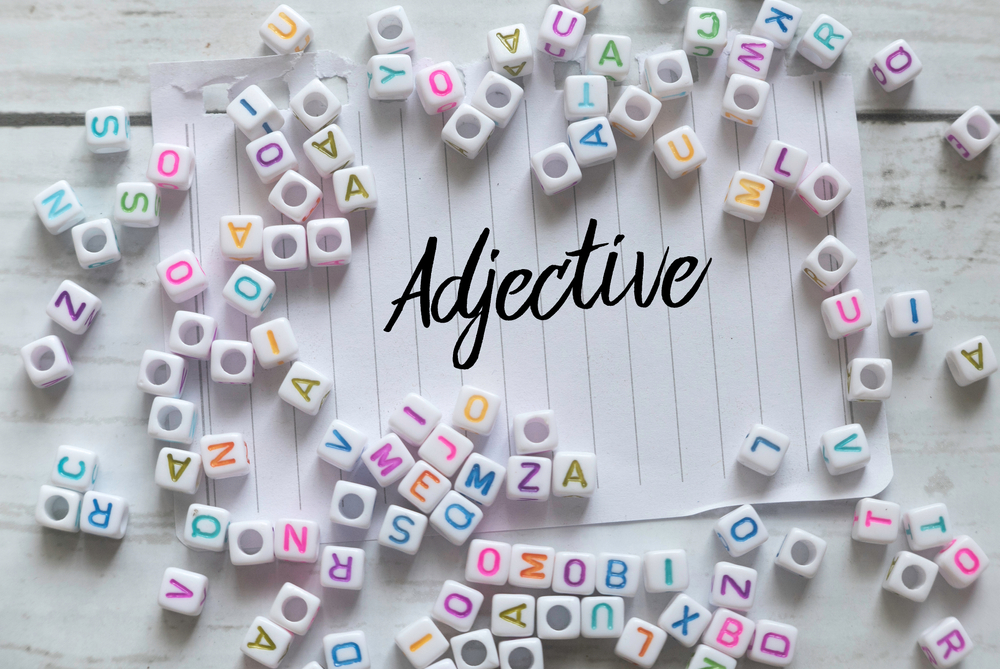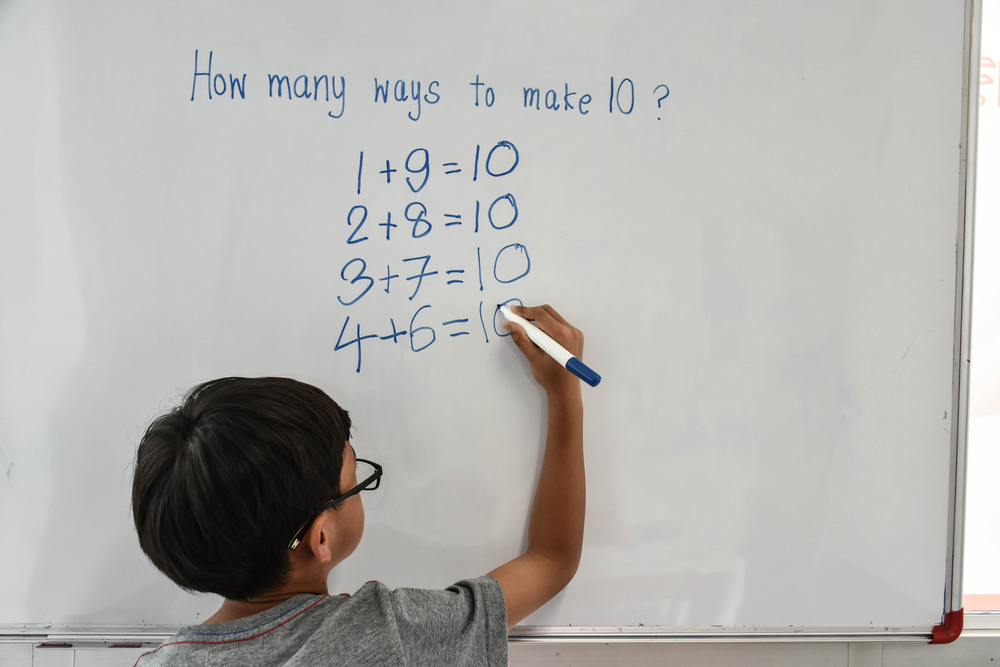Identify colors Worksheets for Ages 6-7
3 filtered results
-
From - To
Enhance your child's color recognition skills with our engaging "Identify Colors Worksheets" designed specifically for ages 6-7! These worksheets provide an interactive and fun way for young learners to explore and identify colors. Featuring vibrant illustrations and creative activities, children will enjoy coloring, matching, and sorting exercises that foster their understanding of various colors. Tailored to promote cognitive development and artistic expression, these resources are perfect for at-home learning or classroom activities. Help your child develop essential skills while enjoying hands-on activities that keep them entertained and educated. Visit us now to access a wealth of colorful learning resources!


Horses Worksheet
Identifying colors is a foundational skill for children aged 6-7, and both parents and teachers should prioritize it for several reasons. First, color recognition plays a crucial role in cognitive development. It helps children categorize and make sense of the world around them, fostering critical thinking skills. When they learn to identify colors, they also enhance their vocabulary and communication skills, as they learn to articulate their thoughts about their environment.
Furthermore, recognizing colors is linked to creativity and expression. Children often explore art and creativity through colors, developing their artistic skills and allowing for self-expression. This can boost their confidence and contribute to their emotional well-being. Additionally, color recognition aids in various learning activities, such as reading and math. Many educational materials and games use color-coding to teach concepts, making it easier for children to engage and grasp new ideas.
Finally, engaging in color identification activities encourages social interaction. Kids often work in groups or have discussions about colors, fostering teamwork and communication. In summary, supporting children in color recognition not only enriches their learning experience but also lays the groundwork for essential life skills. Parents and teachers should be active partners in this essential development milestone.

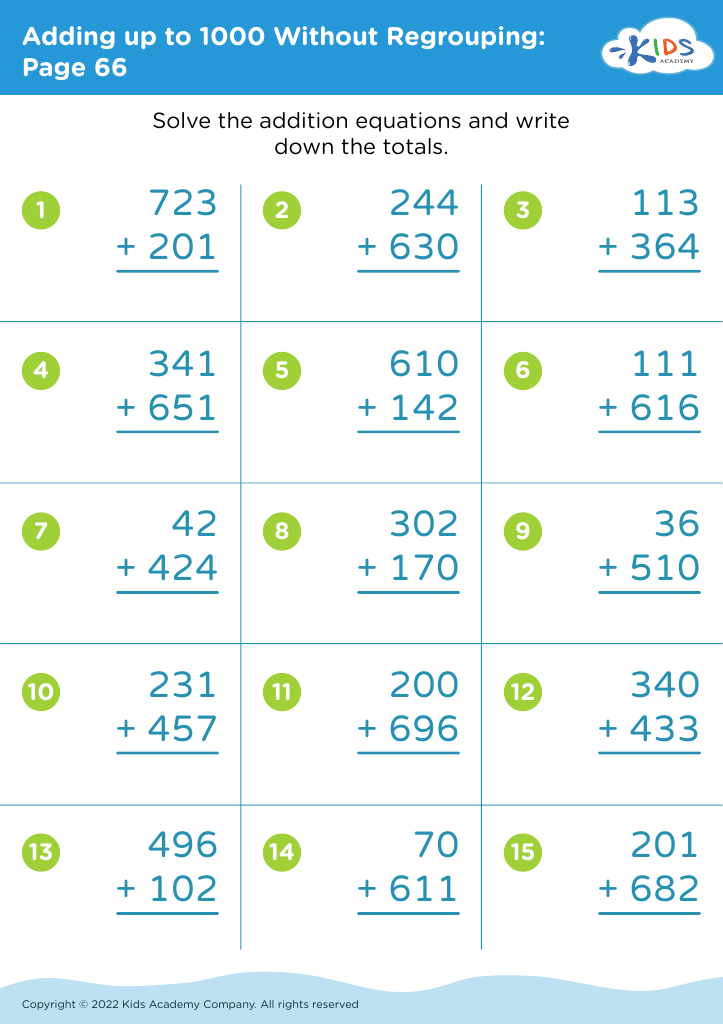

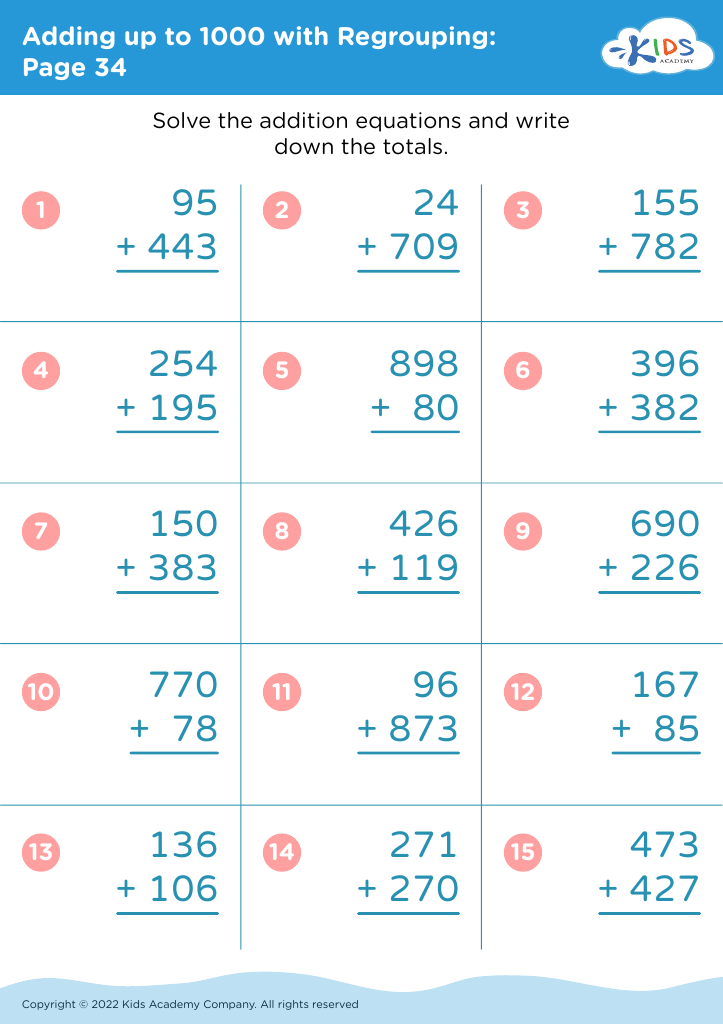
 Assign to My Students
Assign to My Students




